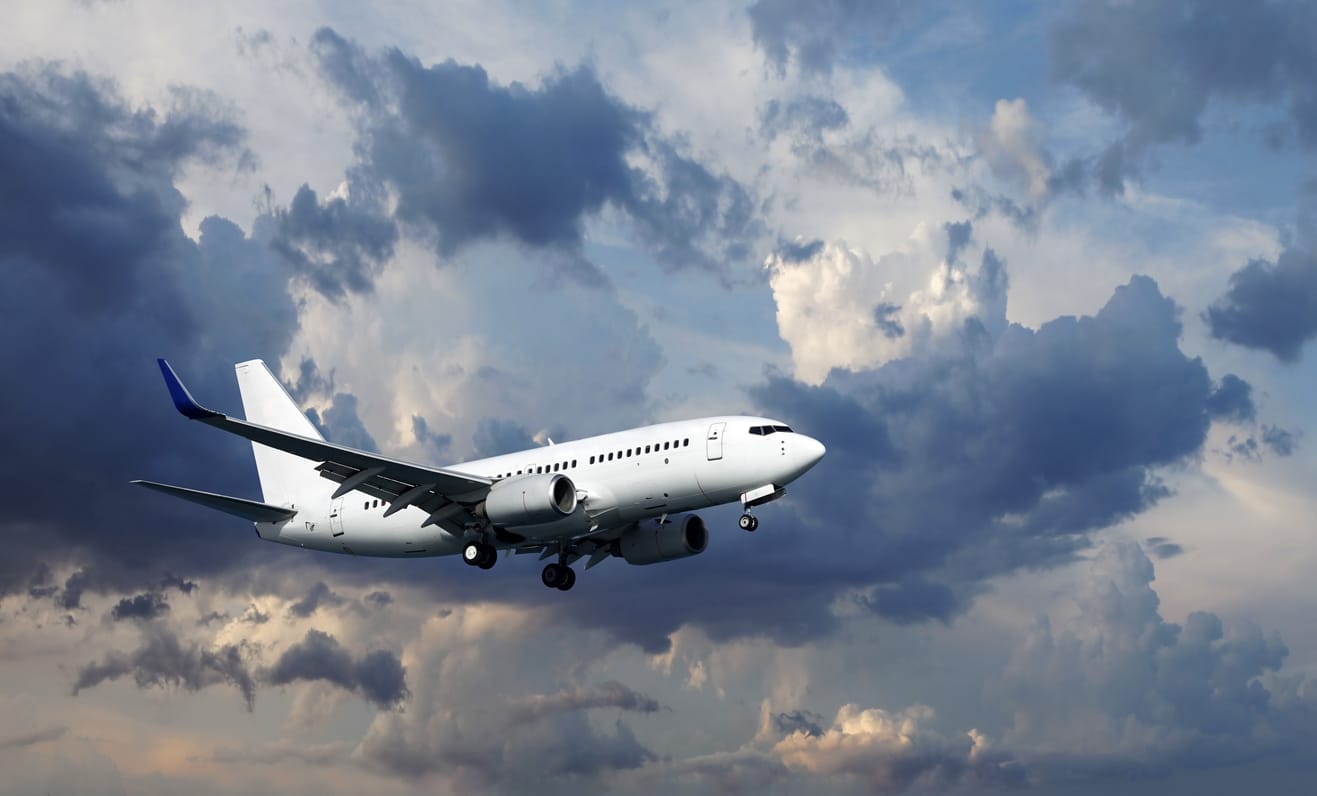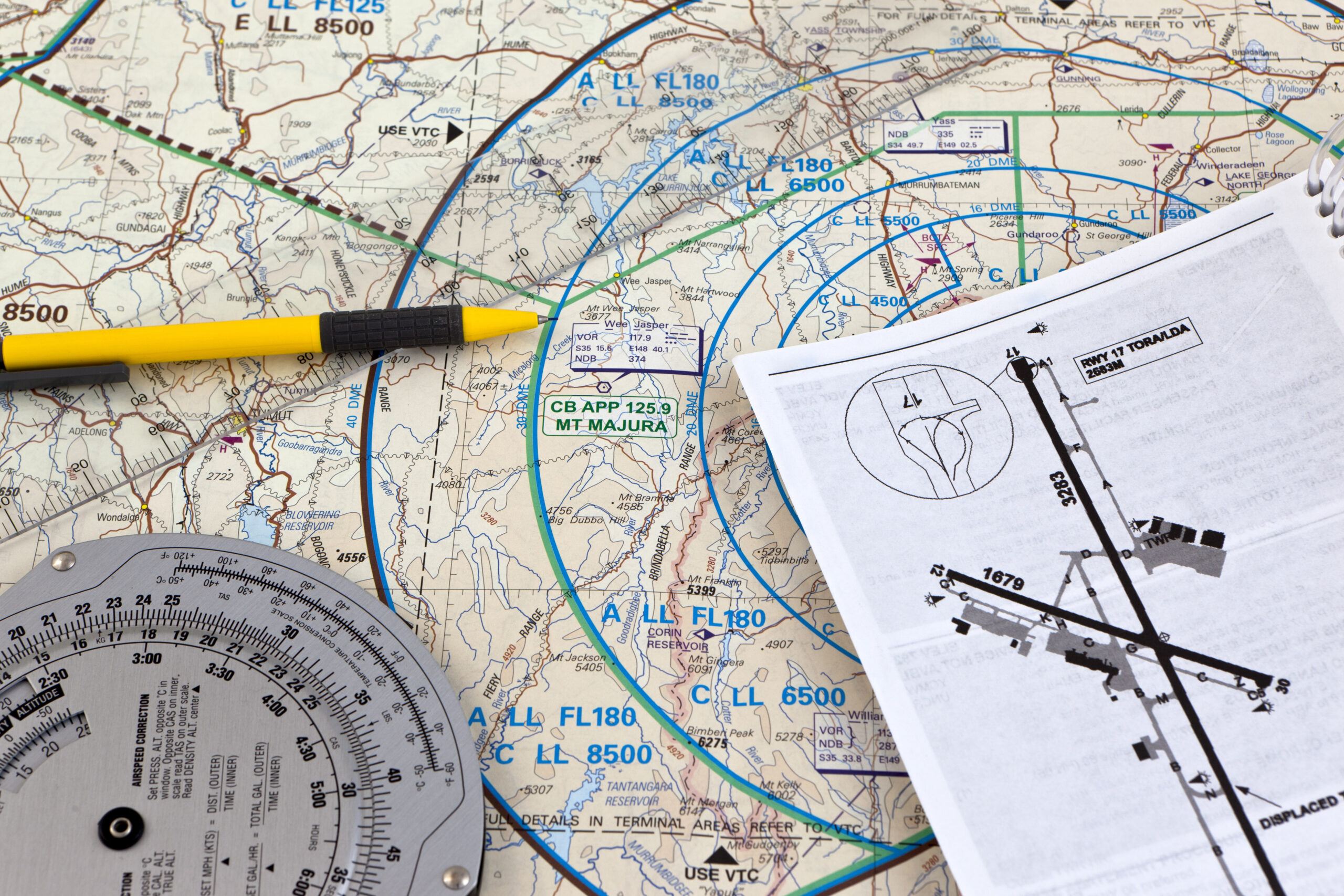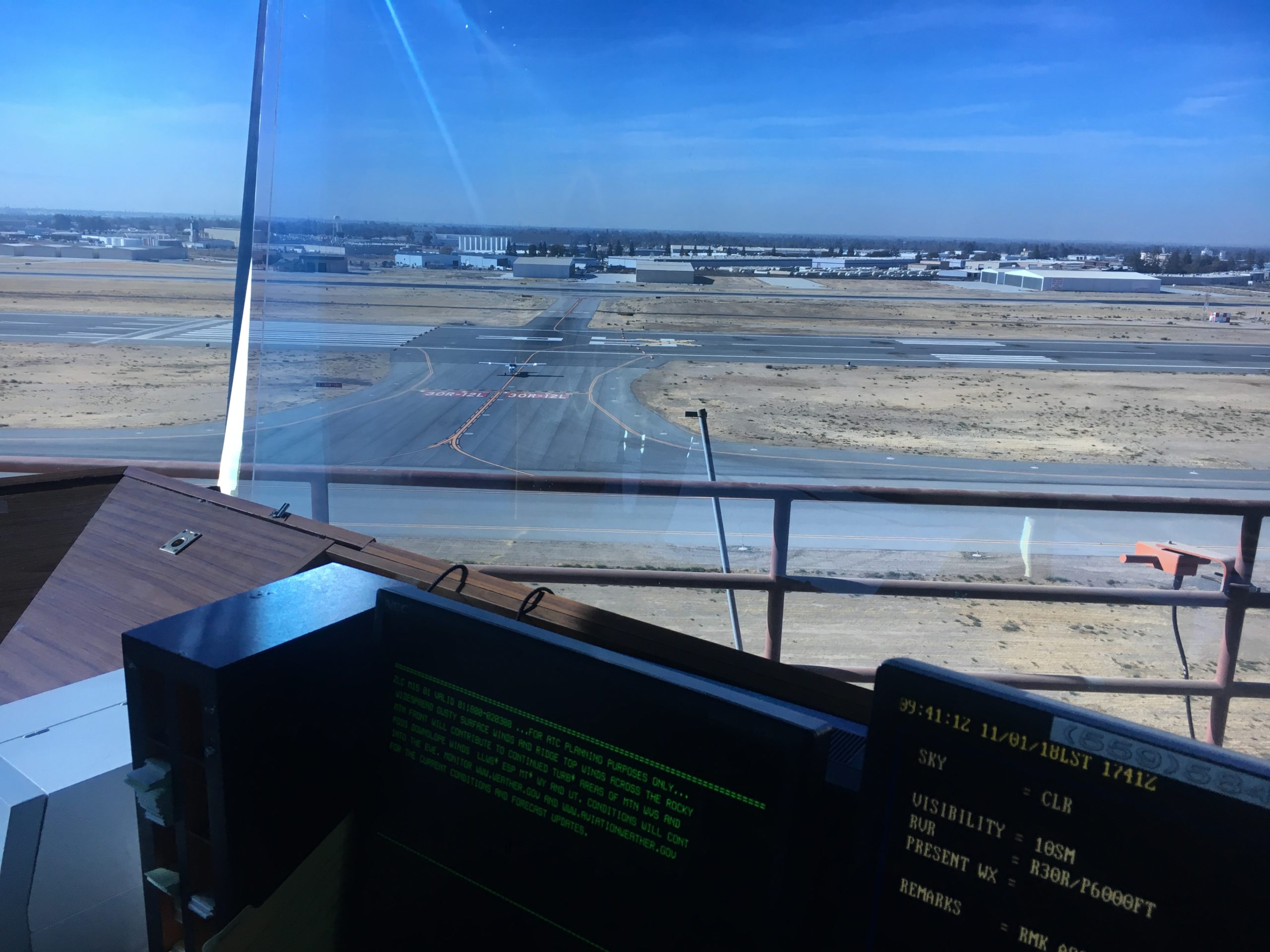Knowing how the Federal Aviation Administration divides airspace is key to developing awareness and safe operation as a pilot. From the planning phase of a flight to requesting a landing clearance, paying attention to these divisions help ensure positive interactions with controllers and other pilots.
The classification of airspace is not always static. It might be defined by visibility, altitude, the presence of a control tower, time of day, or other special circumstances. Pilots should always check Notices to Airmen to stay current on airspace classifications.
Overview of Airspace
In the United States, airspace is divided into Class A, B, C, D, E, and G. Class F is does not exist over the United States. Classes A through E are all types of controlled airspace. This is where air traffic control has various levels of jurisdiction. Class G is considered “uncontrolled.” In Class G airspace, pilots are solely responsible for their own navigation and separation from traffic, terrain, and obstructions.
Classes A and B
From 18,000 to 60,000 feet MSL, all airspace is Class A. Like Class E, it is not noted on charts because of the usual lack of terrain above 14,500 feet mean sea level (MSL.) Class A is the most restrictive classification; only IFR (Instrument Flight Rules) aircraft may operate in it.
There are no cloud clearance or visibility requirements for Visual Flight Rules (VFR) aircraft. Aircraft in Class A is under the jurisdiction of enroute ATC (air traffic control) centers.
At the largest airports, we find Class B. “Think Big” is a good way to remember the characteristics of this class. Every Class B has different dimensions, depending on the traffic flows and runway orientation of the primary airport. Most, however, extend from the surface to 10,000 feet AGL and have different, stacked layers of which resemble an upside-down wedding cake.
All Class B aircraft must be transponder-equipped, even when underneath the floor of the airspace. Simply making contact with the control tower is not sufficient for pilots aiming for this airspace; they must have a specific clearance from ATC to operate in Class B. VFR aircraft may operate in Class B with three miles visibility and must remain clear of clouds.
Classes C and D
Around busier airports and those where ATC uses radar to work traffic, we find Class C airspace. Class C is often in two segments: an inner ring five miles in radius from the airport and from the surface to 1,200 feet AGL, and an outer ring ten miles in radius and from 1,200 to 4,000 feet AGL. A notable exception is Asheville, North Carolina, the Class C of which is squished into a valley. It resembles more of a rectangle than a circle. Pilots wanting to operate in C must establish contact with the control tower; their aircraft must be equipped with a transponder to identify themselves on ATC’s radar.
The next step up is Class D, a control tower’s airspace. Class D is typically within a four-mile radius of the airport and from the surface to 2,500 feet AGL. Pilots wishing to fly in D must establish contact with the control tower before entering, even under VFR. VFR aircraft must keep the same visibility and cloud clearances as Class E.
Class D is small because the controllers in the tower are using only visual means to identify and separate aircraft. At airports without a 24-hour control tower, Class D airspace usually reverts to E when the tower is closed.
Classes E and G
East of the Mississippi River, Class G airspace extends up to 1,200 feet AGL(above ground level), unless otherwise charted. Around most airports which do not have a control tower, Class G goes only to 700 feet AGL. Class G allows aircraft to operate under VFR with one mile of visibility and as long as the pilot remains clear of any clouds. West of the Mississippi, Class G is found all the way up to 14,500 feet above mean sea level (MSL), or 1,200 feet AGL, whichever is higher. Exceptions are listed on charts.
The most open of the controlled classes is Class E; it might be considered “where the other airspaces are not.”It’s the least restrictive because it requires no contact with ATC. Pilots operating VFR in Class E have the option of working with ATC or flying on their own, as in Class G. Most Class E airspace is not specifically charted; it is understood to exist above the ceiling of Class G, up to 18,000 feet MSL, and wherever Classes B, C, and D are not depicted.
Around most airports without a control tower, Class G goes to 700 feet AGL, and Class E begins. This allows aircraft on an Instrument Flight Rules (IFR) flight plan to remain in Class E airspace until they are almost ready to land. At airports which have airline service but no control tower, Class E starts at the surface, since airliners are required to be in constant contact with ATC.Class E allows VFR aircraft who are under 10,000 feet MSL to fly with at least three miles visibility. Such aircraft must stay away from clouds by 1,000 feet above, 500 feet below, or 2,000 feet laterally. At its highest point, Class E extends to the beginning of space, or about 60 miles above the surface of the Earth.
Class F
The designation of Class F airspace is typically not seen in the aviation world and virtually extinct. FAA regulations do not mention it, and most pilots are not familiar with its parameters. Where it is used, aircraft are not subject to air traffic control clearance. It affects pilots who are flying VFR as well as IFR. Those who are flying IFR may request flight information service, as well as ATC services. Separation from other aircraft is deemed “as practical.”
Class F airspace was formerly used in Germany. While it was previously seen in the United Kingdom, in 2014, Class F airspace was designated Class E.
Ready to soar in your aviation career?
Mr. Matthew A. Johnston has over 23 years of experience serving various roles in education and is currently serving as the President of California Aeronautical University. He maintains memberships and is a supporting participant with several aviation promoting and advocacy associations including University Aviation Association (UAA), Regional Airline Association (RAA), AOPA, NBAA, and EAA with the Young Eagles program. He is proud of his collaboration with airlines, aviation businesses and individual aviation professionals who are working with him to develop California Aeronautical University as a leader in educating aviation professionals.


